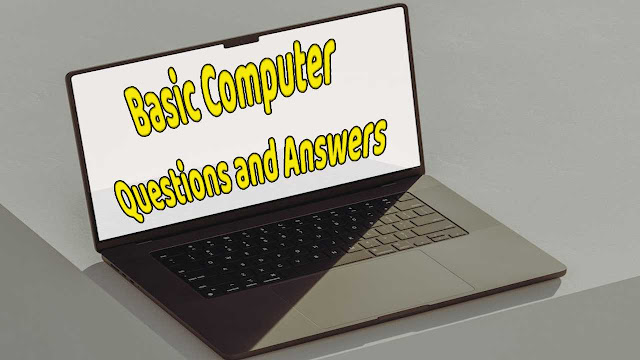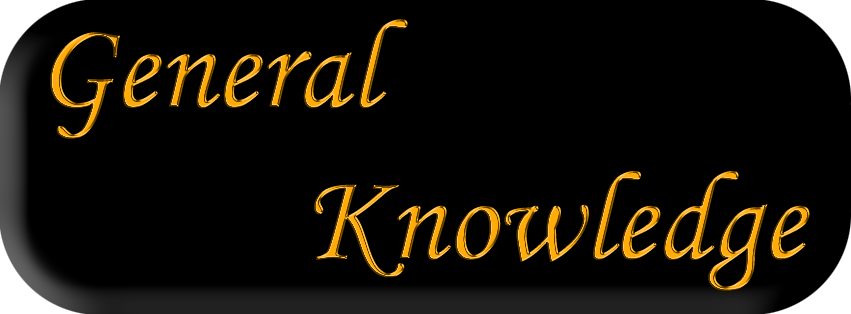Basic Computer Questions and Answers | For Sarkari Exam
Basic Computer Questions and Answers | For Sarkari Exam

Basic Computer Questions and Answers | For Sarkari Exam
Are you looking for answers to basic computer questions with answer or mcq type basic computer knowledge ? In this comprehensive guide, we provide clear and concise answers to frequently asked questions about computers. Whether you're a beginner or just need a refresher, our expertly crafted answers will help you understand fundamental concepts and navigate the world of technology with ease.
1. Father of “C‘ programming language
a. Dennis Ritchie
b. Prof John Keenly
c. Thomas Kurtz
d. Bill Gates
Ans: Dennis Ritchie
2. Who is the father of Computer?
a. Allen Turing
b. Charles Babbage
c. Simur Cray
d. Augusta Adaming
Ans: Charles Babbage
3. Who is the father of Computer science?
a. Allen Turing
b. Charles Babbage
c. Simur Cray
d. Augusta Adaming
Ans: Allen Turing
4. SMPS stands for
a. Switched mode Power Supply
b. Start mode power supply
c. Store mode power supply
d. Single mode power supply
Ans: Switched mode Power Supply
5. The term ‘Computer’ is derived from..........
a. Latin
b. German
c. French
d. Arabic
Ans: Latin
6. IBM 1401 is
a. First Generation Computer
b. Second Generation Computer
c. Third Generation Computer
d . Fourth Generation Computer
Ans: Second Generation Computer
7. Which of the following is the smallest storage?
a. Megabyte
b. Gigabyte
c. Terabyte
d. None of these
Ans: None of these
8. Who is the inventor of “Difference Engine”?
a. Allen Turing
b. Charles Babbage
c. Simur Cray
d. Augusta Adaming
Ans: Charles Babbage
9. Who is the father of personal computer?
a. Edward Robert
b. Allen Turing
c. Charles Babbage
d. None of these
Ans: Edward Robert
10. Junk e-mail is also called
a. spam
b. spoof
c. sniffer script
d. spool
Ans: Spam
11. A CPU contains
a. a card reader and a printing device
b. an analytical engine and a control unit
c. a control unit and an arithmetic logic unit
d. an arithmetic logic unit and a card reader
Ans: control unit and an arithmetic logic unit
12. 1 Byte =?
a. 8 bits
b. 4 bits
c. 2 bits
d. 9 bits
Ans: 8 bits
13. MICR stands for
a. Magnetic Ink Character Reader
b. Magnetic Ink Code Reader
c. Magnetic Ink Cases Reader
d. None
Ans: Magnetic Ink Character Reader
14. CD-ROM stands for
a. Compactable Read Only Memory
b. Compact Data Read Only Memory
c. Compactable Disk Read Only Memory
d. Compact Disk Read Only Memory
Ans: Compactable Read Only Memory
15. Which of the following is a part of the Central Processing Unit?
a. Printer
b. Key board
c. Mouse
d. Arithmetic & Logic unit
Ans: Arithmetic & Logic unit
16. Which of the following is not a binary number?
a. 001
b. 101
c. 202
d. 110
Ans: 202
17. RAM is an example of
a. Secondary memory
b. Primary memory
c. Main memory
d. Both (1) and (2)
Ans: Primary memory
18. Which device is required for the Internet connection?
a. Joystick
b. Modem
c. CD Drive
d. NIC Card
Ans: Modem
19. ASCII stands for
a. American Stable Code for International Interchange
b. American Standard Case for Institutional Interchange
c. American Standard Code for Information Interchange
d. American Standard Code for Interchange Information
Ans: American Standard Code for Information Interchange
20. What is a light pen?
a. A Mechanical Input device
b. Optical input device
c. Electronic input device
d. Optical output device
Ans: Optical input device




No comments: